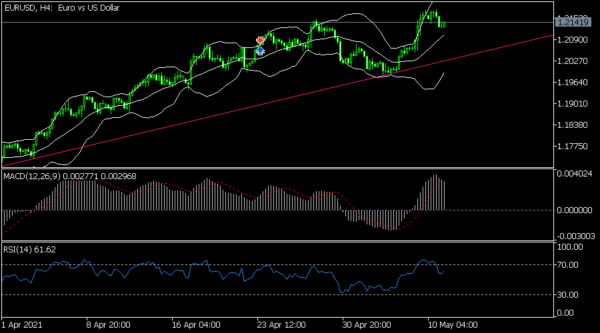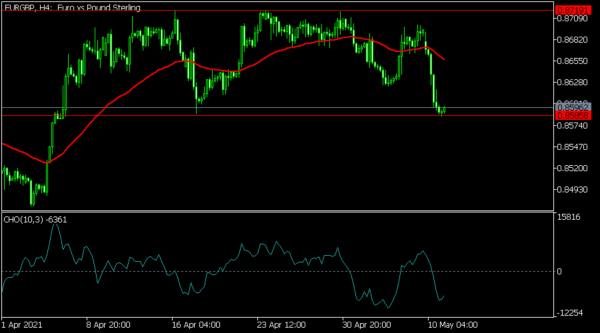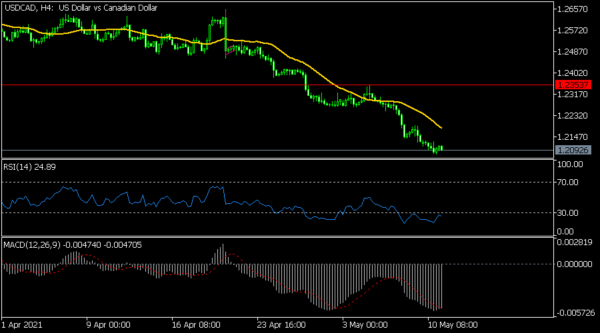US equities futures extended their losses as investors worried about valuations and the pace of corporate growth. The Dow Jones, S&P 500, and Nasdaq 100 futures dropped by 0.43%, 0.80%, and 1.22%, respectively. Technology stocks, especially semiconductors like Align and Qualcomm were the biggest losers. While most of these companies released excellent results, analysts are worried about whether the growth will remain. On valuation, the price-to-earnings multiple S&P 500 has surged to 45, the highest level in years. Equities also dropped as investors worried about cybersecurity issues after hackers managed to shut down a major pipeline in the US. The FBI believes that the hack was carried out by DarkSide, a Russian hacking gang. There are concerns about which other company or industry they will target next.
The British pound surged as the market reacted to the relatively strong house price index data. According to Halifax, house prices in the UK have risen by 1.5%, the fastest growth in five years. The price of an average house has surged by more than 20,000 pounds during the pandemic because of low interest rates and the stamp duty holiday. The currency also rose after the Scottish parliament elections. Analysts believe that it will be relatively difficult for Scotland to hold another independence referendum. Such a referendum would be bearish for the British pound. Looking ahead, the currency will react to the latest UK GDP numbers that will come out tomorrow.
The US dollar index has risen slightly against other currencies as the market continues reflecting on the latest US jobs numbers. Focus today will be on the JOLTs job openings data and what they will reveal. Analysts expect the data to show that openings rose from 7.36 million to 7.5 million. The currency will also react to speeches by several Fed members like Raphael Bostic, John Williams, and Lael Brainard. Their comments will provide a snapshot about what the bank expects on policy. Elsewhere, the OPEC and EIA will publish their monthly report and short-term outlook, respectively.
EUR/USD
The EUR/USD rose to a high of 1.2180 on Monday and then pulled back to the current 1.2140. On the four-hour chart, this decline is possibly part of the pair’s cup and handle pattern. It is also because of profit-taking after the currency pair rose sharply since Friday. The pair is between the upper and middle lines of the Bollinger Bands while the signal and the histogram of the MACD have kept rising. Therefore, the pair may resume the upward trend today.
EUR/GBP
The four-hour chart shows that the EUR/GBP pair has been in a sharp downward trend in the past few days. The pair has dropped from last week’s high of 0.8700 to a low of 0.8596. The chart also shows that the pair found a substantial resistance at the 0.8720 level. It is below the 25-day and 15-day exponential moving averages (EMA) while the Chaikin oscillator has moved below the neutral line. Therefore, the pair may keep retreating as bears attempt to move below the support at 0.8585.
USD/CAD
The USD/CAD pair has been on a sharp downward trend. It dropped to 1.2091 during the Asian session, which was the lowest level in several years. The pair is below the short and longer-term moving averages while oscillators like the RSI and MACD have also retreated. This performance is mostly because of the divergent views between the Federal Reserve and the Bank of Canada. While the Fed has remained dovish, the BOC has already started tightening. Therefore, the pair may keep falling ahead of speeches by Fed officials.
















